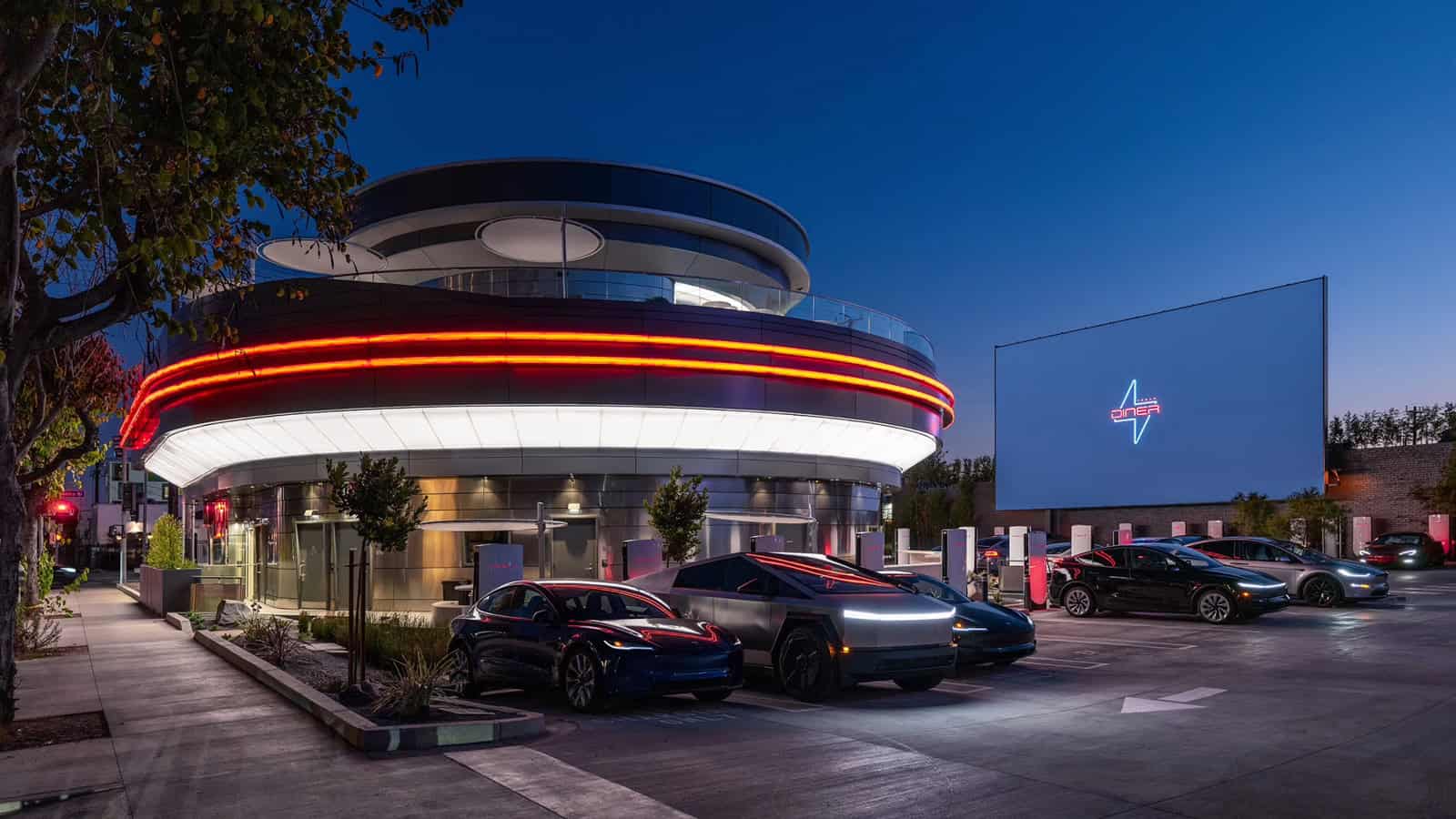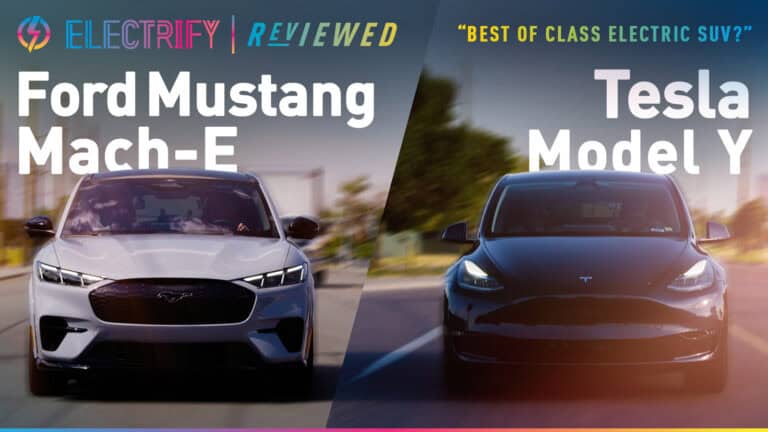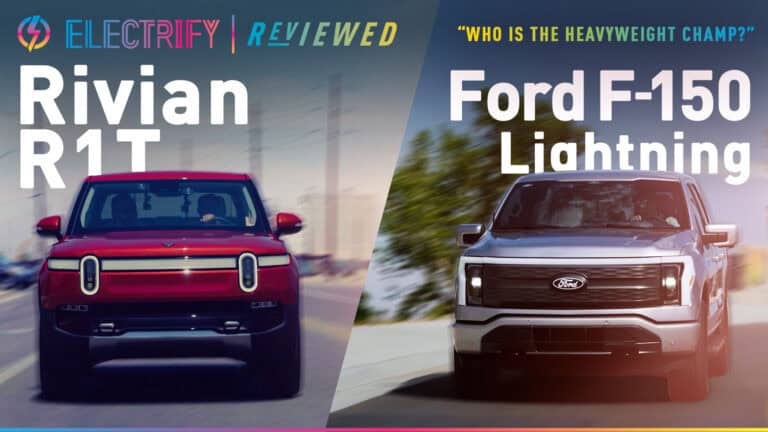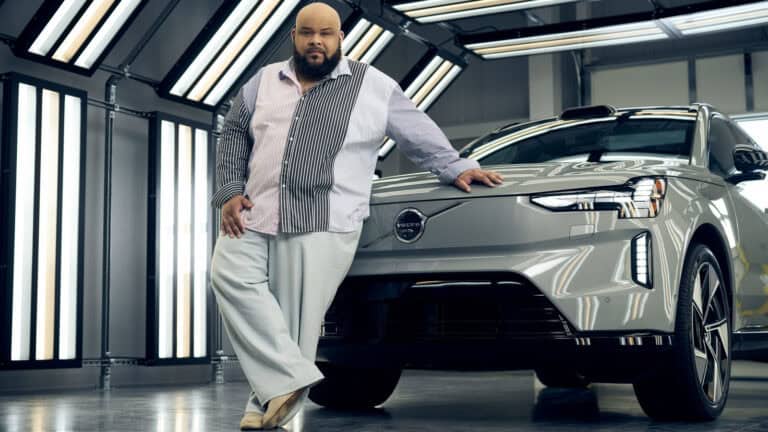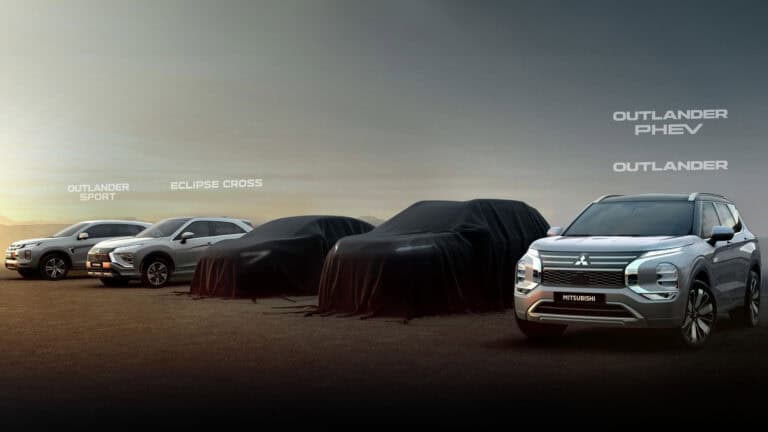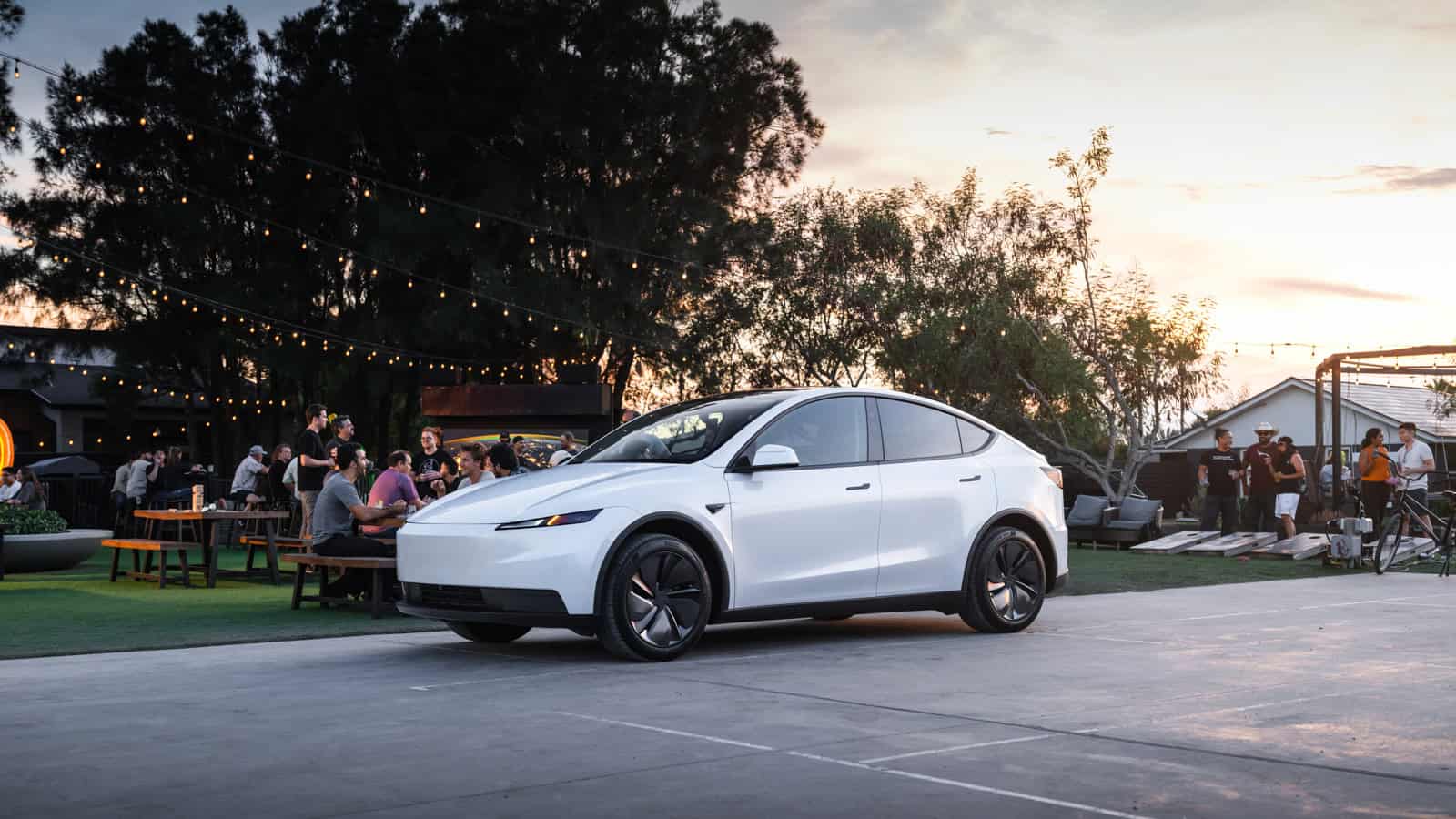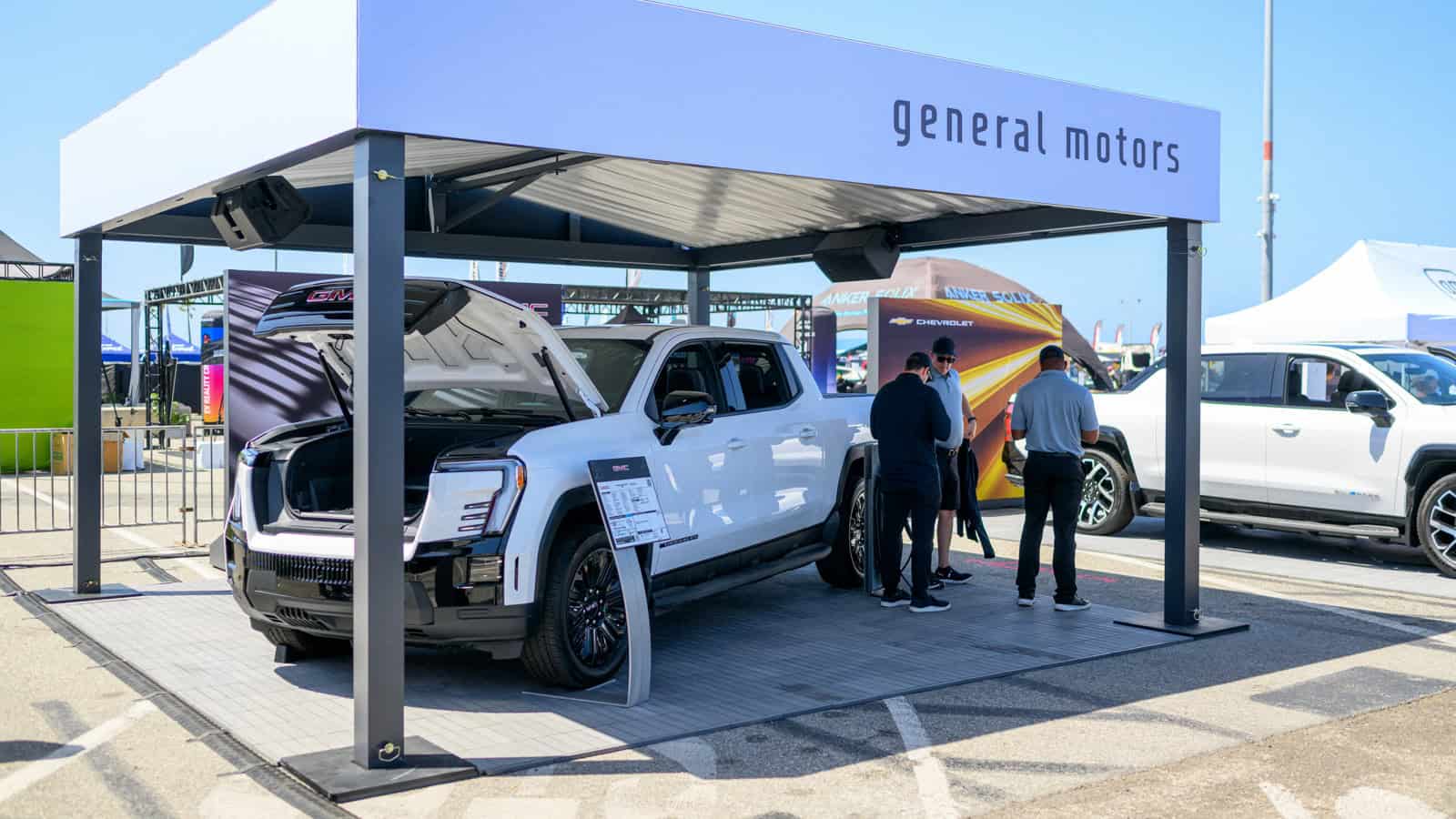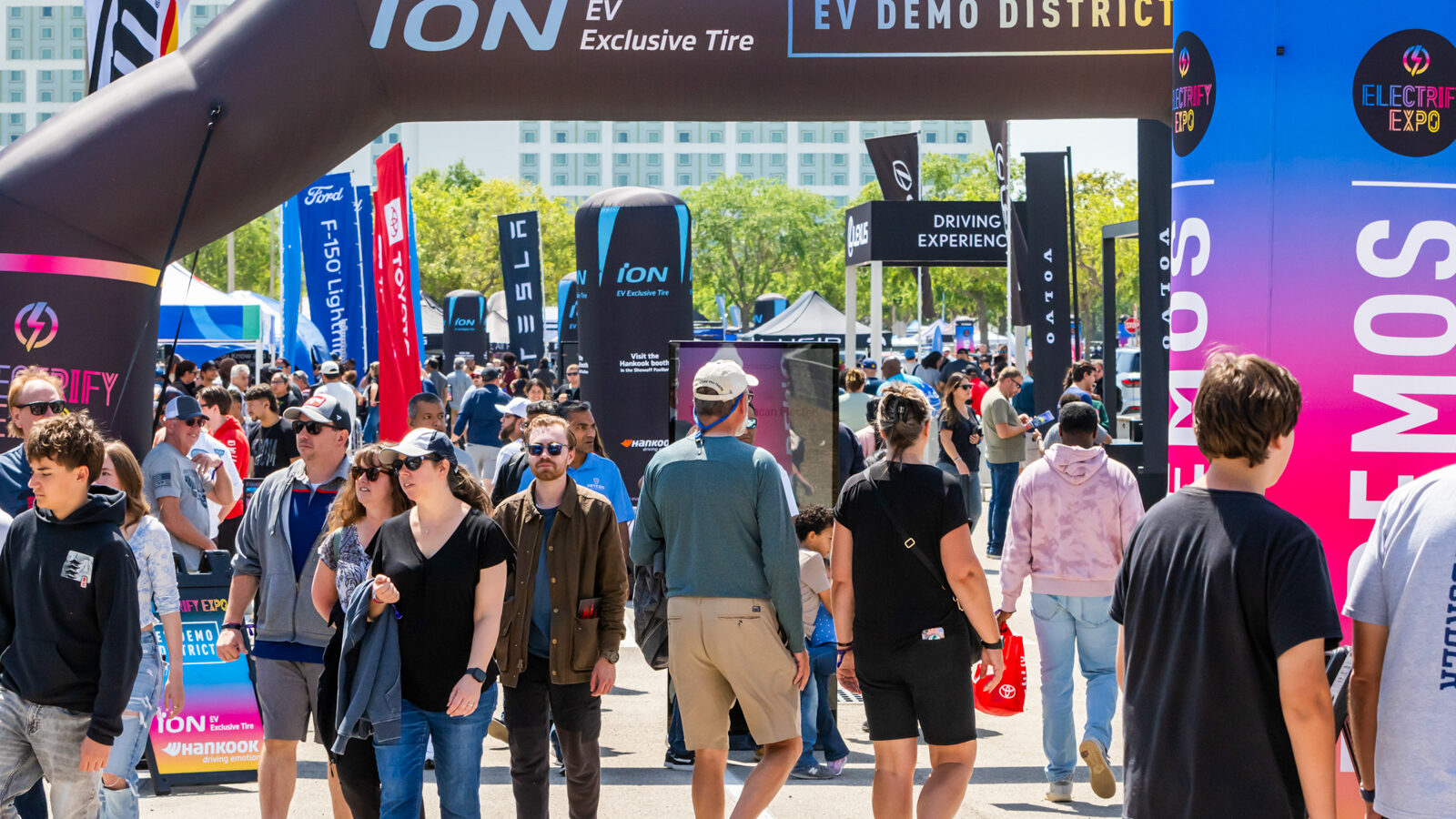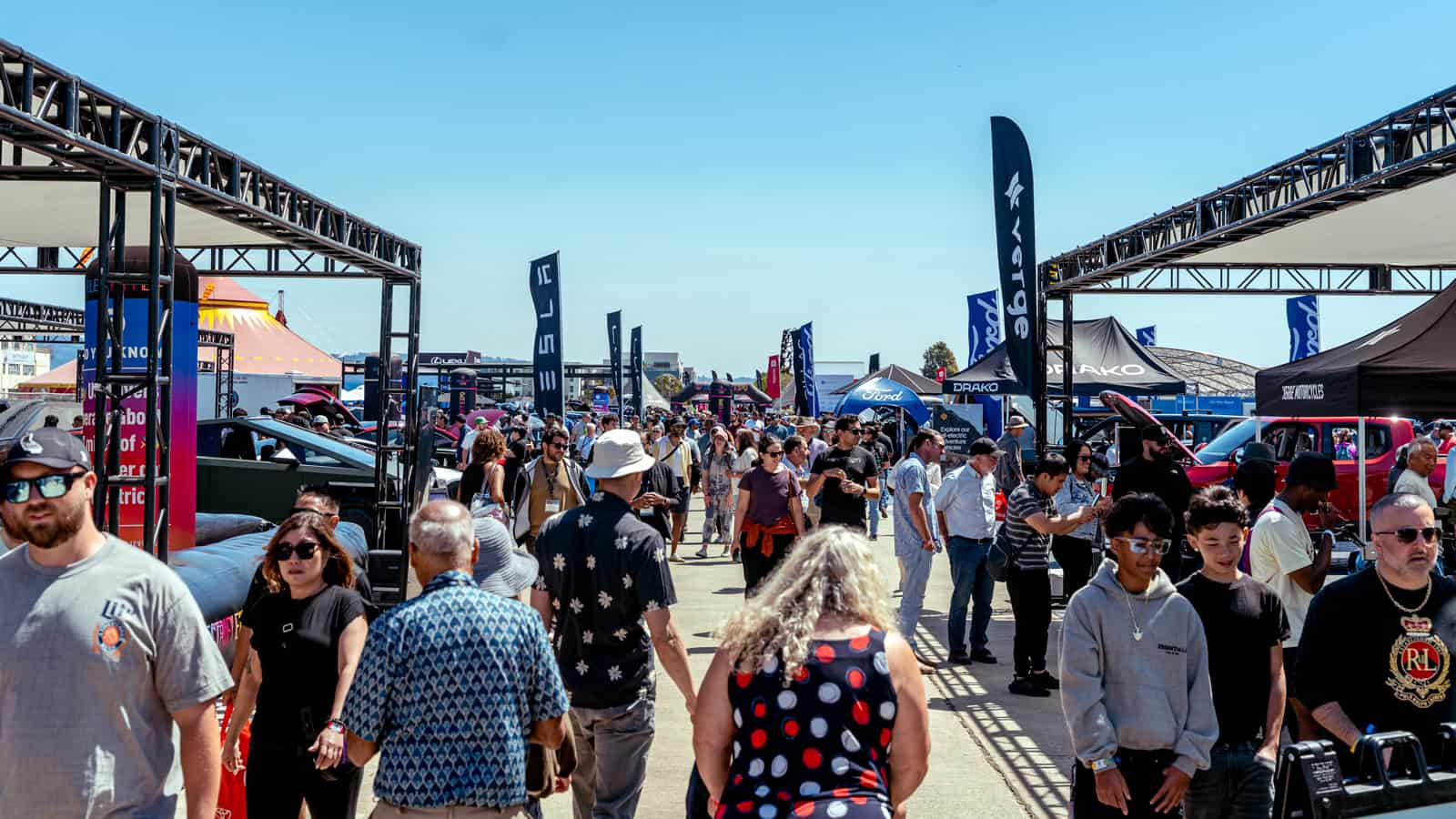- U.S. EV sales hit a record 607,000 units in the first half of 2025, making up 4.9% of all new vehicles sold in Q2.
- Tesla sold 143,535 EVs in Q2, down 12.6% YOY; GM doubled H1 sales to over 78k.
- Tesla plans half‑U.S. autonomous robotaxi coverage by year‑end and targets 100k Optimus robots/month in 5 years.
ADVERTISEMENT
Nearly 5% of all new vehicles sold in the U.S. in the first half of 2025 ran on electricity. That’s 4.9% of the market, to be exact. And while Q2 2025 posted a slight dip, down 6.3% compared to the same period last year, the first half still hit a record 607,089 electric vehicles sold, according to Cox Automotive. In other words, buyers are still plugged in.
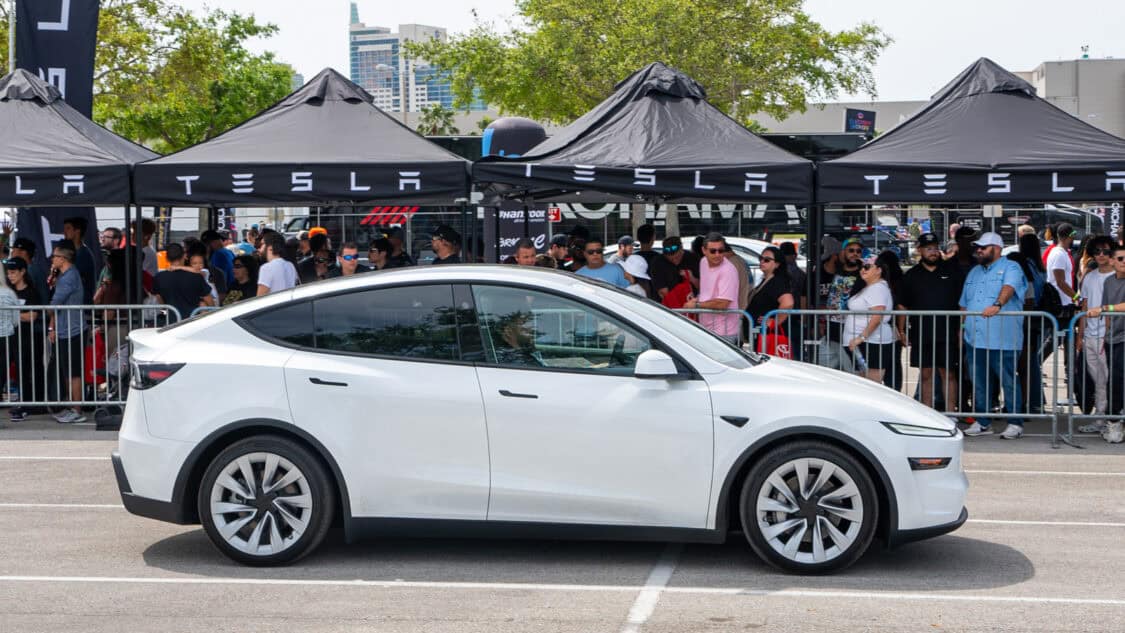
Momentum is building ahead of Q3, with the looming expiration of the $7,500 federal EV tax credit creating urgency across dealership floors. Inventory is in place. Consumers are watching the calendar. And Tesla is leaning into momentum with something far more ambitious than sales volume. Their robotaxi service is already active in Austin, offering fully driverless rides to paying customers. And expansion plans are already in motion.
Tesla stayed ahead in total EV sales with 143,535 units sold in Q2 2025, although that figure dropped 12.6% compared to last year. Its share of the U.S. electric vehicle market slipped to roughly 44.7%, according to Kelley Blue Book.
Meanwhile, GM more than doubled its EV sales in the first half of the year, reaching over 78,000 units and claiming 12.9% of the market. The gap between the two is closing, and fast.
ADVERTISEMENT
So, how did Tesla respond? Their Q2 2025 earnings call unloaded a full plate of updates, including self-driving tech, humanoid robots, battery expansion, and fresh vehicle offerings. It was like watching a company throw open the garage door and reveal a whole new playbook.
Robotaxis are already cruising through Austin with no driver in the seat and actual paying passengers on board. Elon Musk confirmed the goal is to reach half of the U.S. population by the end of the year, depending on regulatory approval. He described the rollout speed as “hyper exponential,” with new service zones coming soon to places like the Bay Area, Florida, Nevada, Arizona, and others.
In June, the Model Y took the top spot in Turkey, the Netherlands, Switzerland, and Austria. It continued to hold the global crown for highest car sales overall. Across Europe, buyers are eyeing Full Self-Driving (FSD) as a key feature, though access remains limited until regulatory approval is granted.
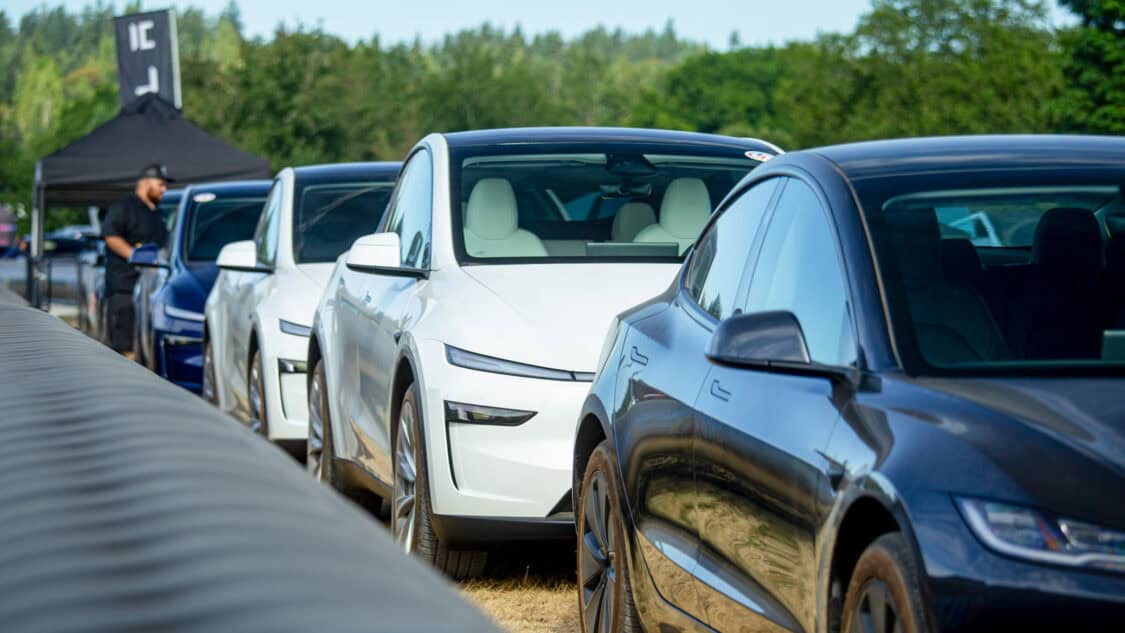
Tesla is continuing to update Full Self-Driving and Autopilot features through its usual over-the-air software drops, but what’s next is much bigger. The company plans to increase the neural-net parameter count by nearly tenfold. That means more processing power and smarter decision-making behind the wheel.
They’re also easing the requirement for drivers to keep laser-focused eyes glued to the road at all times, something that has drawn user complaints. On top of that, lessons from the robotaxi fleet in Austin are feeding directly into improvements for everyday drivers.
Also, energy and battery storage kept climbing in Q2 2025. Tesla hit its highest-ever Powerwall deployment, and MegaPack capacity kept scaling up despite the drag from tariffs. Elon Musk explained that with enough batteries, U.S. power plants could run around the clock and effectively double their annual output. Yes, double.
Production on Tesla’s new affordable model kicked off in June, but the pace has slowed. The looming expiration of the IRA credit has forced the company to prioritize existing models in the U.S. to meet demand before the incentive disappears.
ADVERTISEMENT
The vehicle was designed to simplify manufacturing and protect profit margins while still offering strong value. The full rollout is expected to gain traction in Q4.
Tesla’s third-generation Optimus robot is moving into prototype phase later this year, with production targeted for next year. Elon Musk called the design “exquisite” and said he would be surprised if they are not producing 100,000 units per month within five years. The company is eyeing one million units annually within that same timeframe, banking on rapid scaling once production kicks in.
On the call, Elon bluntly said, “We need the physical product, without which you cannot have autonomy… but once you have the physical product, the autonomy is what amplifies the value to stratospheric levels.”
He believes that with full execution on driverless tech and robotics, Tesla has a real shot at becoming the most valuable company on the planet.

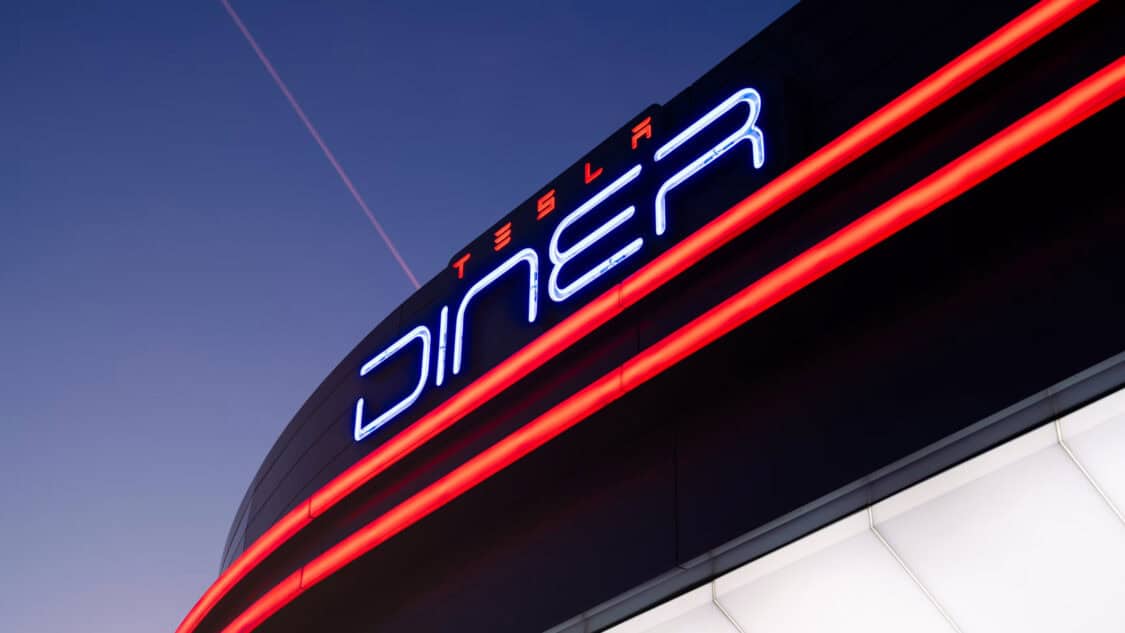
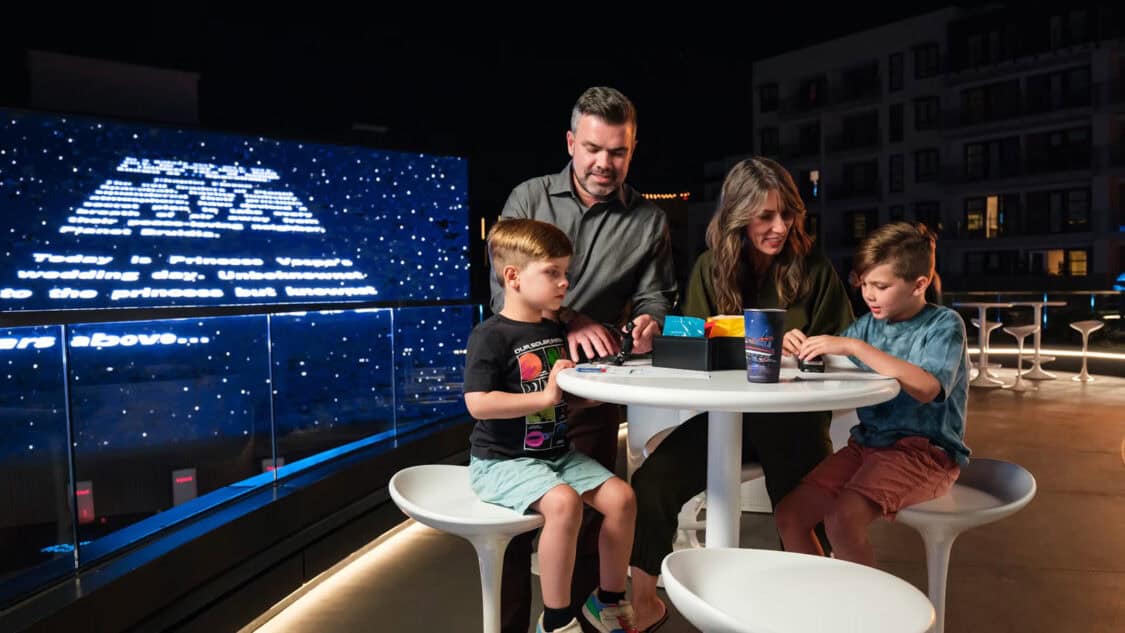
Elon couldn’t help but bring up the Tesla Diner during the Q2 earnings call. Yes, a diner. He called it “a shiny beacon of hope in an otherwise sort of bleak urban landscape,” adding that the retro-themed eatery has attracted worldwide attention, a rarity for a roadside restaurant.
Located in Los Angeles and packed with Tesla Superchargers, rooftop views, and nods to car culture, the spot blends nostalgia with utility. Definitely not your local greasy spoon.
Other automakers are stirring up plenty of movement. GM doubled its EV sales in the first half of the year. Honda’s Prologue and Acura ZDX skyrocketed 340% year-over-year.
Nissan’s Ariya also climbed, jumping 43.6%. Porsche’s Taycan followed with a 32% gain. Mercedes, on the other hand, took a sharp dip. EV sales dropped over 50%. The field is getting crowded, and the performance gap between winners and laggards keeps stretching.
ADVERTISEMENT

SOURCES | IMAGES: COX AUTOMOTIVE, TESLA | TESLA, ELECTRIFY EXPO, TYLER HUANG
FTC: We use income-earning auto affiliate links. Learn more.


